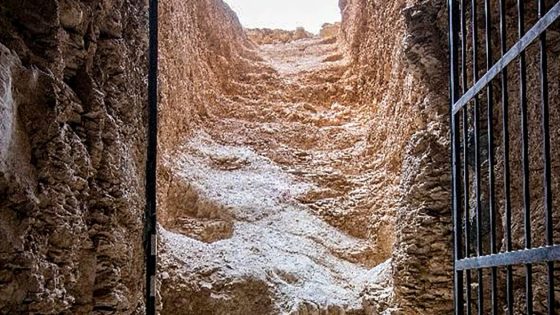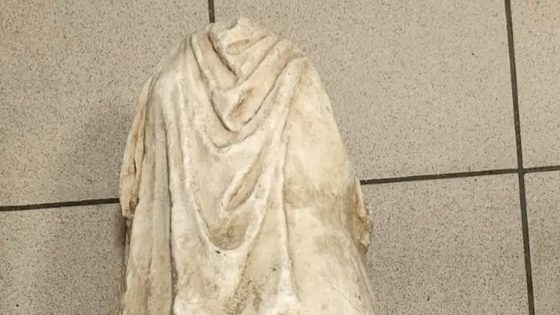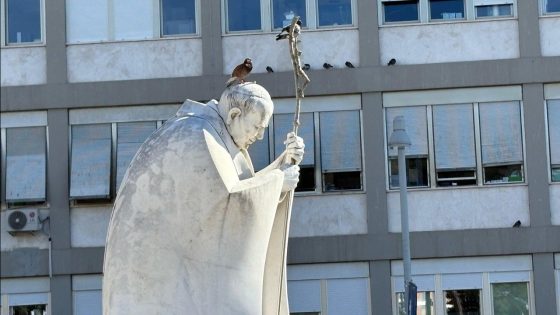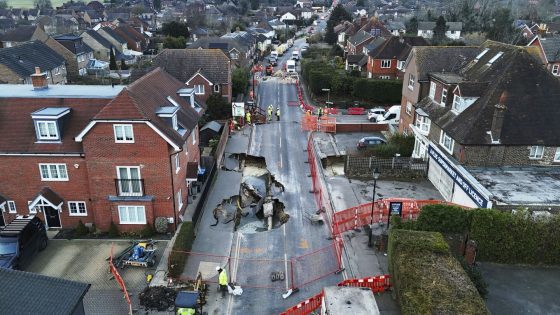Archaeologists have discovered a pharaoh’s tomb in a valley west of Luxor, Egypt, marking the first excavation of a royal tomb since Tutankhamen’s burial chamber was found over a century ago. The Egyptian ministry of antiquities announced this significant find on February 21, 2025, stating that the tomb belonged to Thutmose II, who reigned around 1480 B.C.
- Pharaoh’s tomb discovered near Luxor, Egypt
- Tomb belongs to Thutmose II, 1480 B.C.
- Joint excavation by Egyptian and British researchers
- Initially thought to be a royal consort's tomb
- Evidence confirms it was built for a king
- Unique ceiling design found in king's tombs
The excavation of Thutmose II’s tomb is a joint effort between Egyptian and British researchers that began in 2022. Initially, archaeologists believed the tomb was that of a royal consort due to its proximity to the burial sites of royal wives and Hatshepsut, a queen who ruled after Thutmose II’s death. However, evidence within the tomb confirmed it was built for a king.
Key findings include:
- Fragments of alabaster jars inscribed with the name “Thutmose II” as the deceased king.
- Inscriptions referencing Hatshepsut.
- Intact sections of the ceiling featuring blue paint with yellow stars, a design only found in royal tombs.
The tomb’s location, beneath two waterfalls and at the base of a slope, was unexpected for a king’s burial, especially during the wetter conditions of the 15th century B.C. This discovery adds to the historical understanding of the 18th Dynasty and the burial practices of ancient Egyptian royalty.
This significant finding of Thutmose II’s tomb enhances the historical narrative of ancient Egypt and underscores the importance of continued archaeological research in uncovering the past.

































